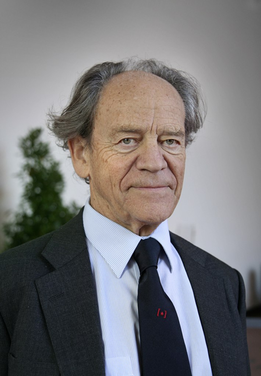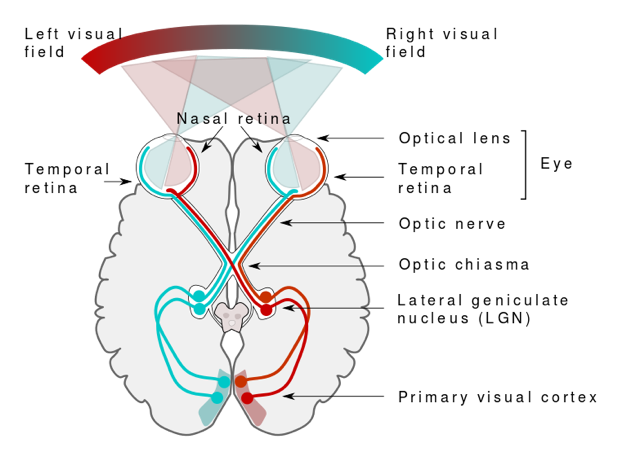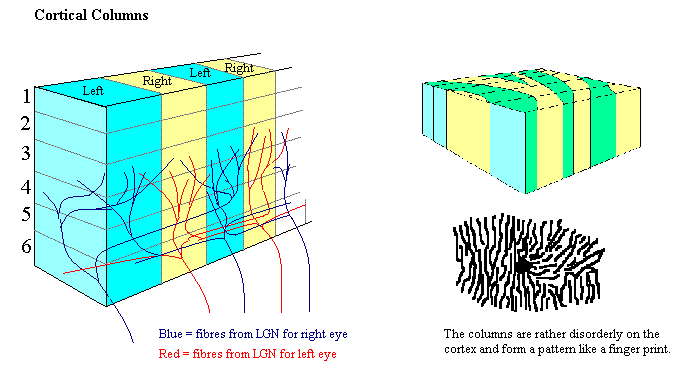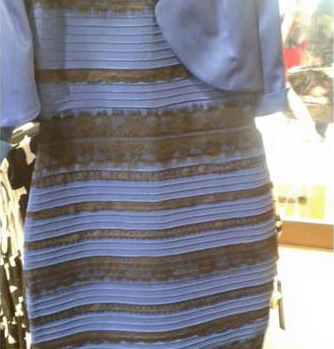|
David Hubel was a distinguished Canadian scientist. He is well-known for his studies on the primary visual cortex which helped pave the way for the field of systems neuroscience. Dr. David Hubel (nationaleyeinstitute on Flickr, 2017) Dr. Hubel was born on February 27, 1926. In 1929, his family moved to Montreal where he spent the rest of his childhood. He studied Mathematics and Physics at McGill University and then completed medical school at McGill as well. He spent summers doing research related to electronics at the Montreal Neurological Institute. In the late 1950s, Dr. Hubel moved to Baltimore, Maryland, and began collaborating with Dr. Torsten Wiesel. Drs. Hubel and Wiesel would later share the 1981 Nobel Prize in Physiology or Medicine for their research on mapping the primary visual cortex. Dr. Torsten Wiesel (festivaldellascienza on Flickr, 2006) In one of their experiments, they inserted an electrode into the primary visual cortex of cats and recorded their neural responses to visual stimuli (e.g., straight lines, moving dots). Neurons were classified as either simple cells or complex cells based on their responses to the various stimuli. Simple cells are cells that responded to edges and bars of a given orientation in the cell’s receptive field. The receptive field of a neuron is an area where the presence of a stimulus will elicit a response. For example, a neuron in the primary visual cortex that is only active when there is an object in a certain part of our visual field. On the other hand, complex cells responded to edges and bars of a specific orientation regardless of the stimulus’ location. These findings demonstrated that simple and complex cells in the primary visual cortex work together to help us perceive our environment. Today, we know that neurons in the primary visual cortex respond to features such as edges and orientations. These neurons project to brain areas which integrate all this information to help us perceive complex stimuli, such as faces. Drs. Hubel and Wiesel are also considered pioneers of neuroplasticity due to their work on the development of neural pathways between the eyes and the brain. For one of their experiments they covered one eye of kittens. As the kitten grew, they discovered that the brain begins to favour the functioning eye; a phenomenon known as ocular dominance. Axons from the left and right eyes innervate the lateral geniculate nucleus and project to the primary visual cortex. The inputs from both eyes are segregated into columns. If one eye is covered then the neurons corresponding to that eye are unable to project to the visual cortex, leading to favouring the other eye. (Wikimedia Commons [1], [2]) Drs. Hubel and Wiesel's work with kittens suggested that ocular dominance occurs during a critical period. This is because any manipulation done outside the critical period did not lead to visual deficits. For example, when they covered one eye of an adult cat, it would not show ocular dominance. Drs. Hubel and Wiesel’s work provided crucial insights into brain plasticity, which is the brain’s ability to re-wire itself. Since Drs. Hubel and Wiesel’s experiments, our understanding of vision today has increased by leaps and bounds. We are now able to fix cataracts with surgery. However, we still do not know everything about vision. For instance, the dress shown below sparked a heated debate when people were unable to unanimously decide on its colour. Do you think that this dress is black and blue or white and gold? It turns out that the dress is actually black and blue! People are thought to perceive the colours differently due to difference in their interpretation of the lighting of the picture. (rmatthendrick on Flickr, 2015) The debate surrounding the colour of the dress demonstrates the complexity of the visual system. Dr. Hubel and Wiesel's work was a small, but significant, step in understanding how vision works and why we perceive the world the way we do. Their work continues to inspire the current generation of neuroscientists today!
Written by Dhruv Edited by Stephanie References [1] David H Hubel (2019, February 7) David H Hubel – Biographical. Retrieved from https://www.nobelprize.org/prizes/medicine/1981/hubel/biographical/ [2] Remembering visionary neuroscientist David Hubel (2017, September 27). Retrieved from https://nei.nih.gov/news/briefs/david_hubel
1 Comment
Prof. Prem raj Pushpakaran
1/4/2024 01:22:07 am
Prof. Prem raj Pushpakaran writes -- 2024 marks the birth centenary year of Torsten Nils Wiesel and let us celebrate the occasion!!!
Reply
Leave a Reply. |
LINKS FOR TEACHERS
AuthorLearn more about our bloggers on the "Meet Our Team" page. Archives
May 2022
Categories
All
|
|
Return to home page
|
Go to BrainReach Montreal/ Mission Cerveau
|





 RSS Feed
RSS Feed





